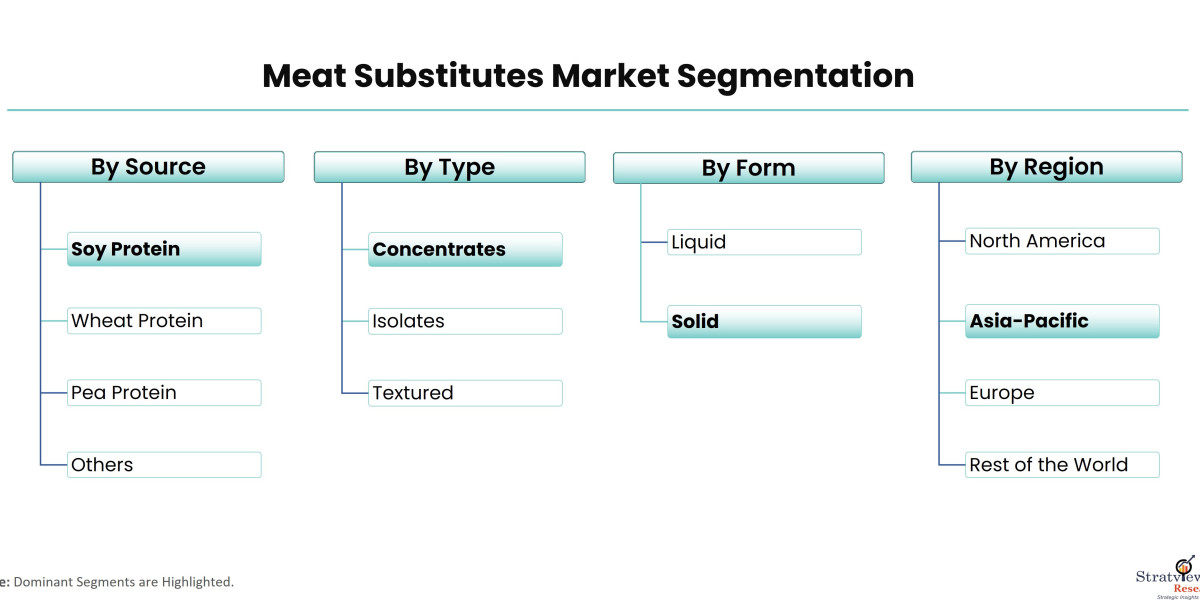Understanding the fair value of National Australia Bank Ltd (ASX: NAB) shares amidst market volatility can be challenging. However, delving into critical factors can provide insight into whether NAB presents a compelling investment opportunity. Here's a brief overview of key considerations for investors evaluating NAB's share price.
Exploring NAB's Market Position and Operations
As one of Australia's largest banks by market capitalization, profits, and customer base, NAB holds a significant position within the ASX banking shares. Notably, it stands as a major lender to businesses while also maintaining a strong presence in residential lending through offerings such as mortgages and personal loans. Additionally, NAB's ownership of Ubank, an online-only and low-cost banking brand, contributes to its diversified portfolio.
Assessing Workplace Culture and Lending Standards
Long-term investors often prioritize companies with strong workplace cultures, recognizing their potential for sustained financial success. Evaluating factors like employee reviews through platforms such as Seek can offer insights into NAB's internal dynamics and its implications for long-term performance. Furthermore, understanding NAB's lending standards and net interest margin (NIM) is crucial. NIM, representing the difference between interest earned and interest paid, serves as a key profitability metric. Despite NAB's substantial reliance on lending income, its NIM may warrant scrutiny, particularly if it falls below industry averages.
Analyzing Financial Performance Metrics
Examining metrics like return on equity (ROE) and capital structure provides valuable indicators of NAB's financial health. A higher ROE typically signifies efficient utilization of shareholder equity to generate profits, whereas a robust capital structure, measured by common equity tier one (CET1) ratio, ensures resilience against financial risks. Comparing NAB's performance against sector averages offers perspective on its relative strength within the banking landscape.
Dividends and Valuation
For income-oriented investors, dividends play a significant role in investment decisions. Employing dividend discount models (DDM) can aid in projecting future dividend payments and assessing valuation. By considering factors such as dividend growth rates and risk ratings, investors can derive estimates of NAB's fair value. Additionally, recognizing the impact of fully franked dividends and incorporating franking credits into valuation models enhances accuracy.
Conclusion
While assessing NAB's share price, it's essential for investors to weigh multiple factors and conduct thorough research. Despite the simplicity of valuation models like DDM, prudent decision-making requires a comprehensive understanding of risks and potential catalysts. Ultimately, investors should leverage available information, including insights from this analysis, to formulate informed investment strategies tailored to their financial objectives.



